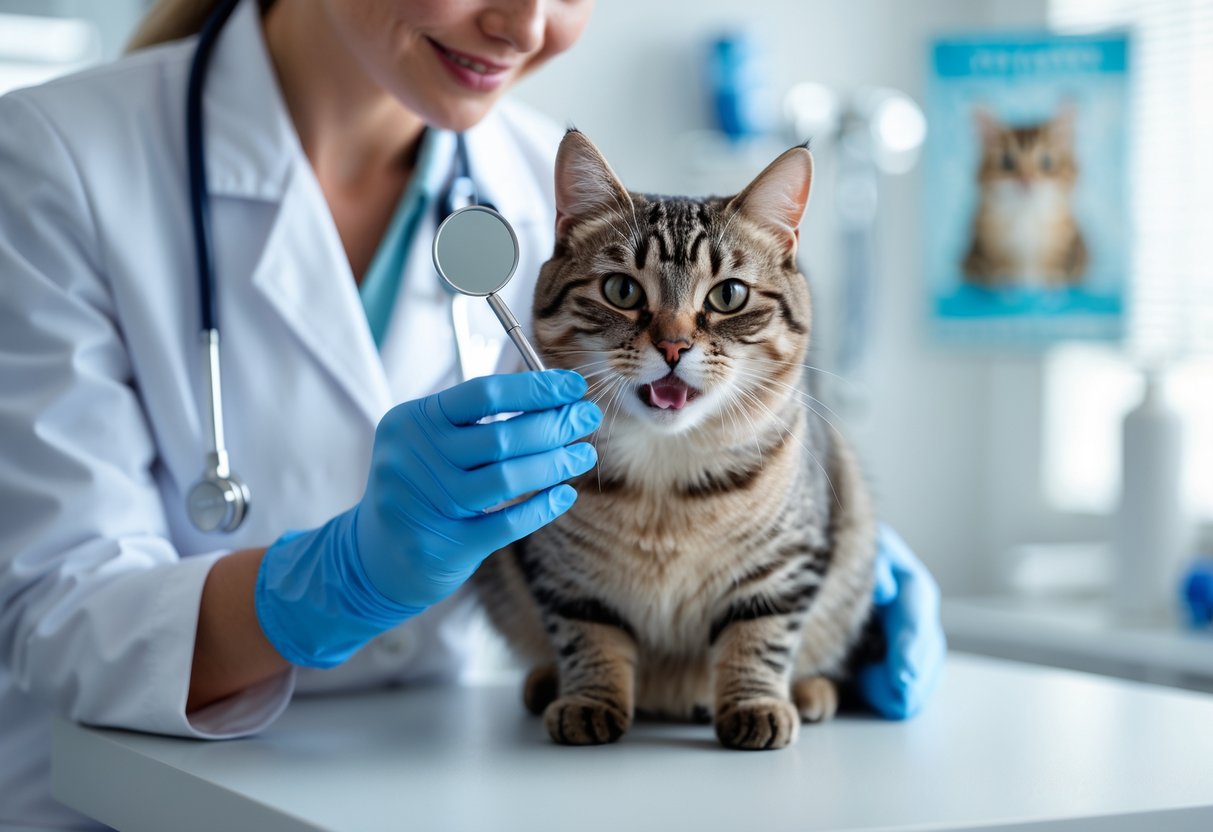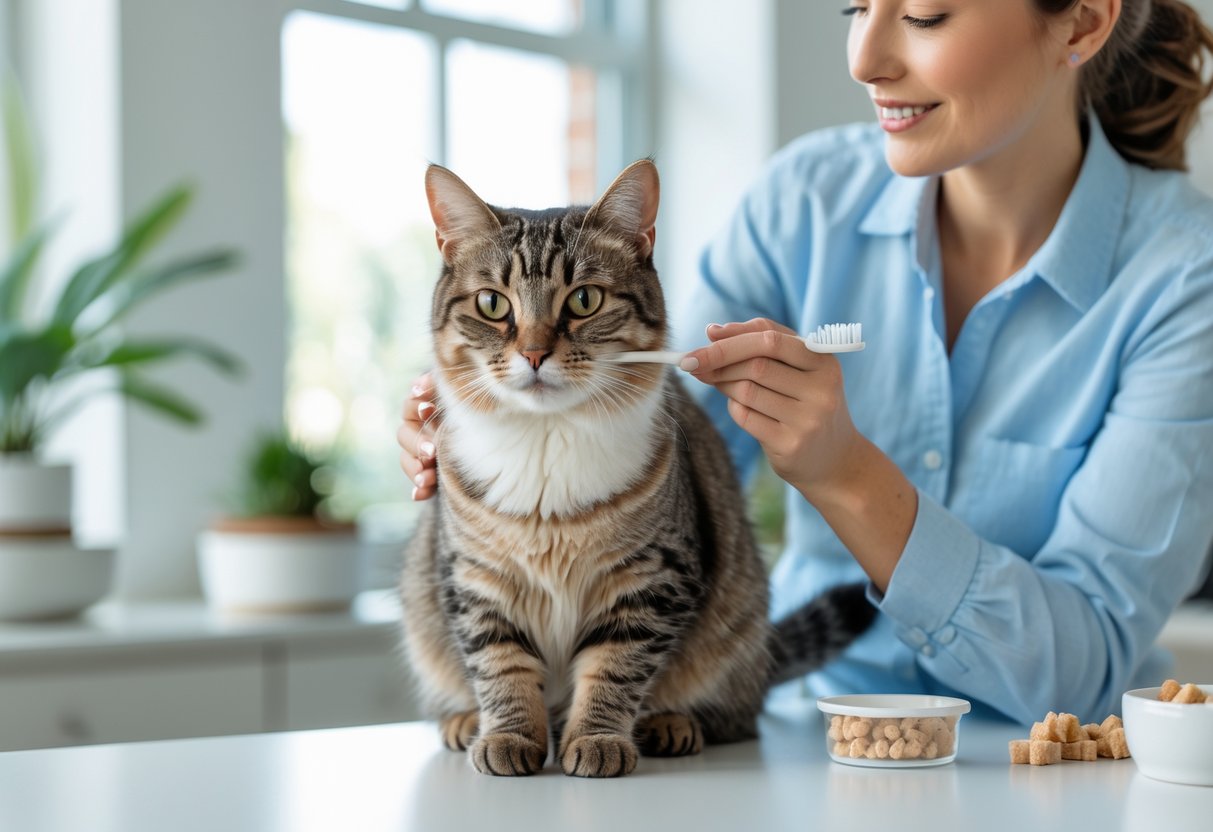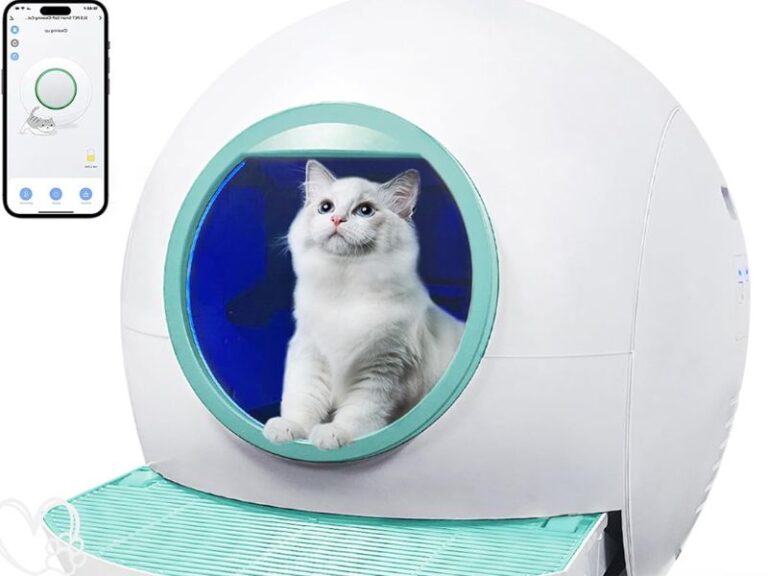Dental disease creeps up on a lot of cats, especially once they hit three years old. If you want your cat to stick around and feel good, it’s honestly worth knowing the warning signs and jumping on prevention early.
Bad breath, eating weirdly, or drooling? Those could be your cat’s way of saying, “Hey, my mouth hurts.”

Letting dental stuff slide can turn into bigger health problems before you know it. You can actually do a lot at home just by paying attention and keeping up with simple care.
This article’s here to help you spot the signs and figure out how to keep your cat’s teeth in decent shape.
Recognizing the Warning Signs of Cat Dental Disease
It’s good to stay alert for stuff that hints at dental disease. That means keeping an eye on their teeth and gums, but also noticing when your cat just seems off.
Problems like tooth resorption and gum disease can be sneaky. Sometimes, all you’ll see is a change in how your cat acts.
Common Symptoms to Watch For

Bad breath is often the first thing you’ll notice—seriously, it’s hard to miss. Discolored teeth or tartar buildup are other red flags.
If the gums look red or puffy, it’s usually not a good sign. Watch for your cat eating differently, maybe chewing on just one side or dropping food.
Drooling a lot, pawing at the mouth, or even missing teeth? Yeah, those are all signs something’s up. If you spot these, don’t wait—get your cat to the vet.
Understanding Tooth Resorption and Periodontal Disease
Tooth resorption is when the tooth starts breaking down, usually from the root up. It’s painful, but cats are pros at hiding it.
Maybe your cat’s not eating as much, or keeps licking at their mouth. That could be your only clue.
Periodontal disease is another biggie. Plaque and tartar build up, messing with the gums and even the bone around the teeth.
Red gums and bad breath show up early. If you ignore it, you’re looking at tooth loss or infections down the line.
Behavioral Changes Indicating Oral Pain
Cats in pain often act weird. Maybe they avoid dry food or drop it right away.
Some just get quiet or start hiding more. Others stop grooming, or you’ll catch them pawing at their face.
These little changes usually mean something’s hurting, and it’s time to call the vet.
Prevention and Home Care Strategies for Feline Dental Health

Keeping your cat’s mouth healthy isn’t rocket science, but it does take some effort. Daily cleaning, regular vet visits, and picking the right food all help keep dental problems at bay.
It’s not about perfection—just consistency. A little goes a long way.
Daily Oral Hygiene Best Practices
Try brushing your cat’s teeth every day if you can. Use a cat toothbrush or just a soft cloth wrapped around your finger.
Don’t use human toothpaste—there’s special stuff for cats. Go slow and let your cat get used to the whole idea first.
Focus on the gum line, since that’s where gunk builds up. Dental chews and toys can help, but honestly, nothing beats brushing.
Importance of Regular Veterinary Checkups
Cats need a dental checkup at least once a year. Vets catch things you might miss, like inflamed gums or loose teeth.
Professional cleanings (yep, under anesthesia) get rid of tartar you’ll never reach at home. If your cat already has issues, your vet will know what to do next.
It’s smart to peek in your cat’s mouth now and then—look for bad breath, red gums, or trouble eating. If something seems off, don’t wait to make that vet appointment.
Honestly, keeping up with your cat’s dental care isn’t always easy, but it’s worth it. Spotting trouble early and sticking to a routine can make a huge difference in their comfort and health. After all, a happy cat with a healthy mouth is just more fun to be around, right?
Dietary Choices and Dental Health
Food honestly plays a big role in your cat’s dental care. Dry kibble, for example, can help scrape away some plaque as your cat chews.
Some brands even offer dental-specific diets meant to fight tartar. It’s not a miracle cure, but every little bit helps, right?
If you can, steer clear of sticky treats or really soft foods. Those tend to cling to teeth, making plaque buildup—and dental problems—more likely.
There are also supplements out there, like dental gels or rinses, that might support oral health. It’s always smart to check with your vet first before trying anything new.
Honestly, making thoughtful choices about what your cat eats can go a long way toward keeping their teeth in better shape. It’s not always easy, but their smile is worth it.
In the end, a bit of attention to your cat’s diet can make a surprising difference for their dental health. Who doesn’t want their furry friend to have a healthy, happy mouth?


